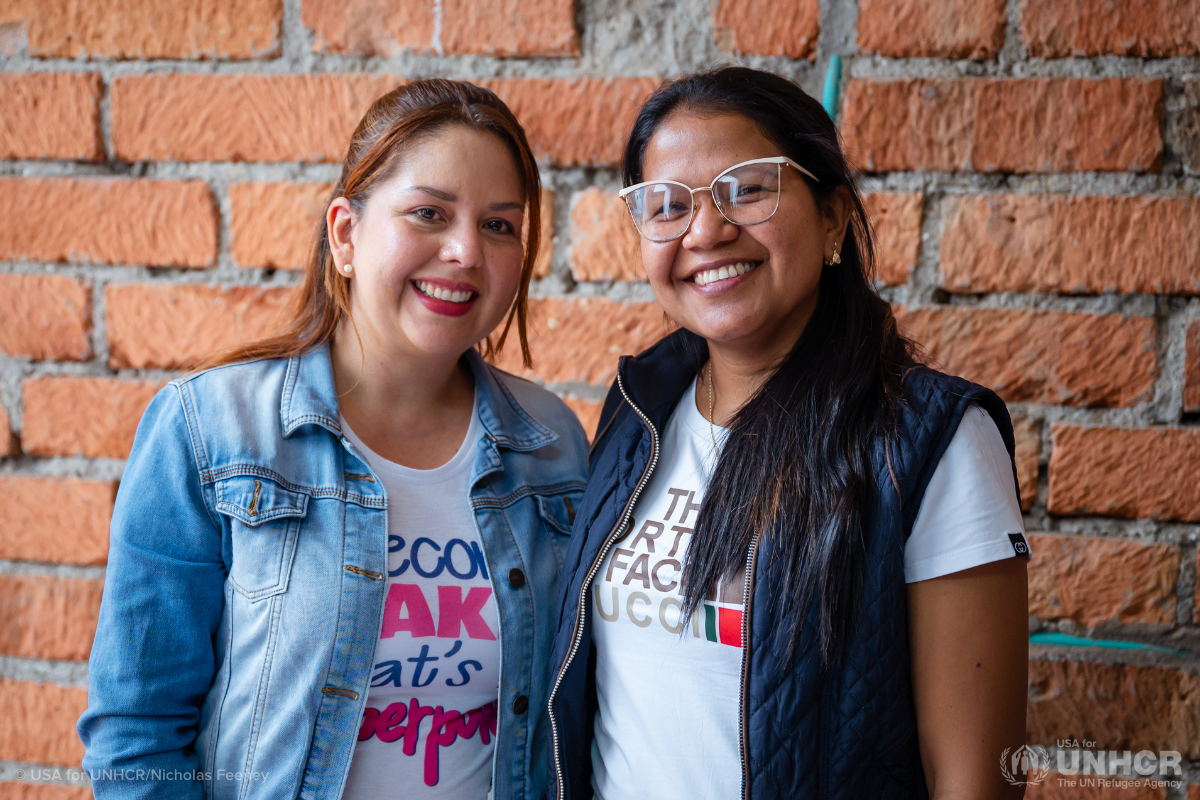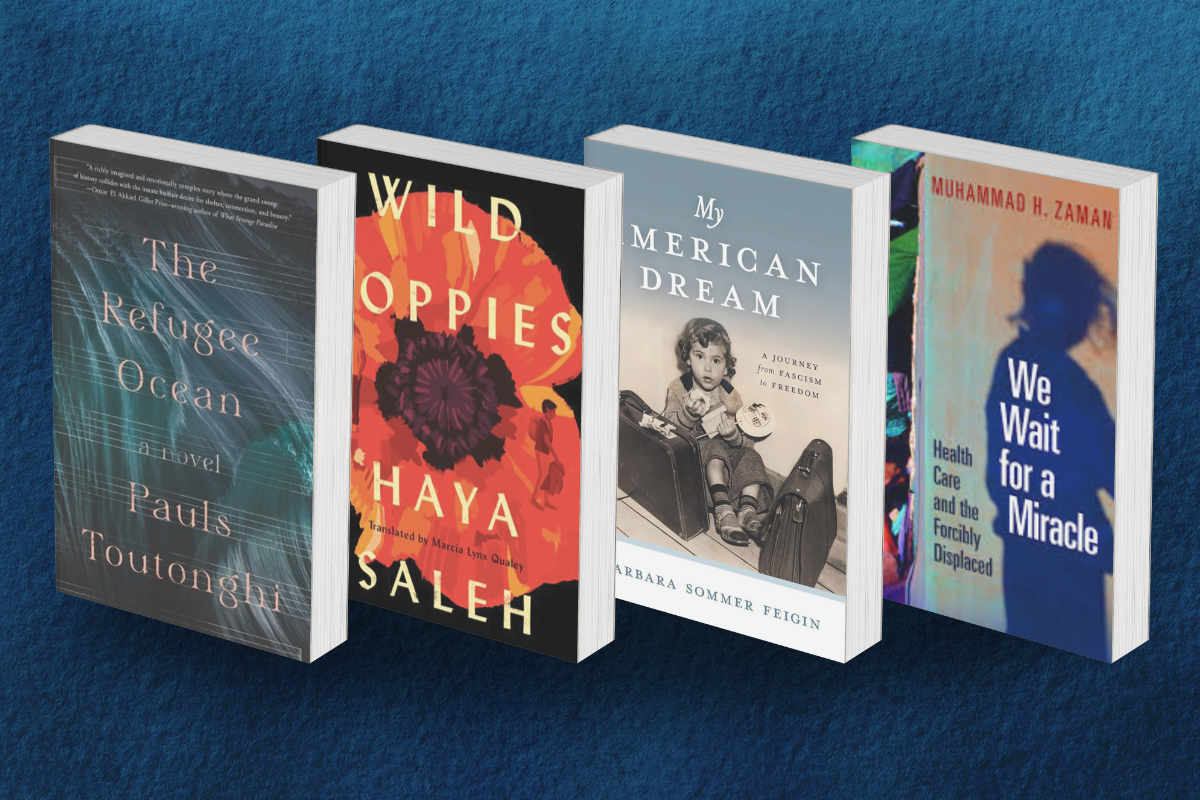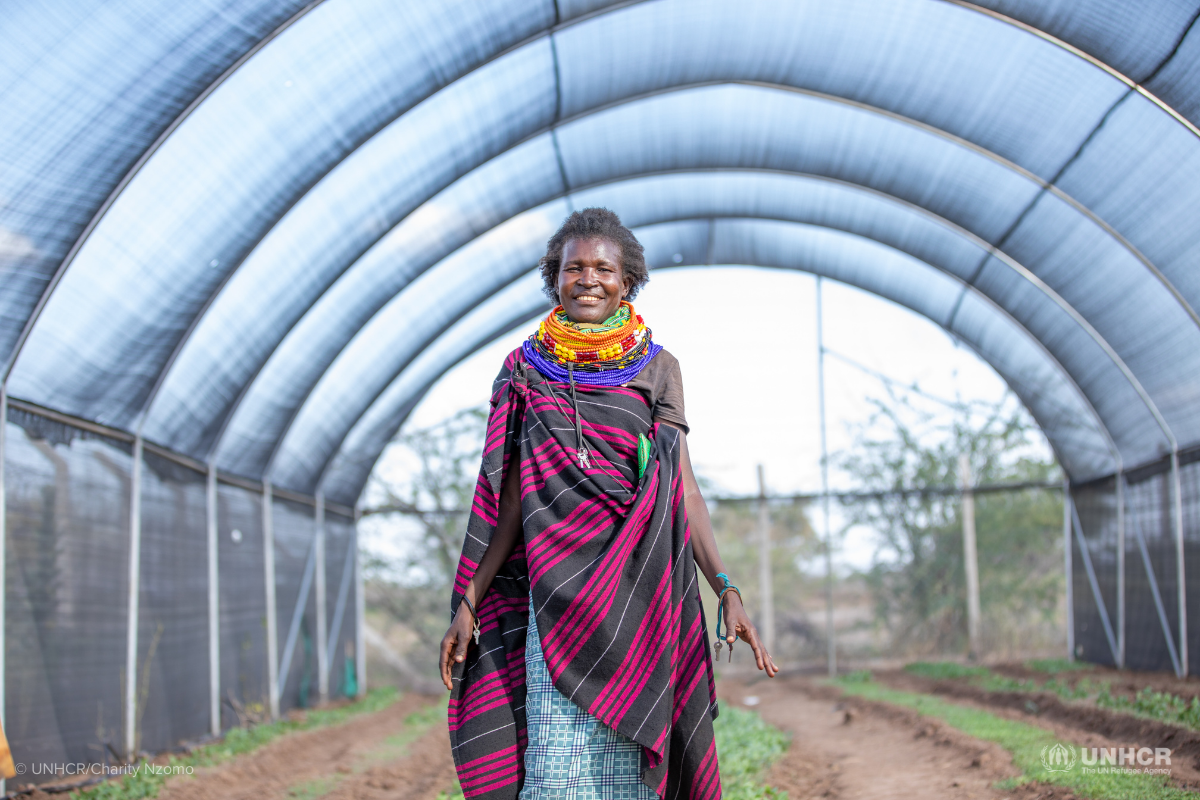Amid the world food crisis, refugees are planting seeds of hope
Conflict and climate change have been driving factors behind the recent global food crisis and people living in vulnerable communities — particularly displaced populations, such as refugees, internally displaced people and stateless people — are bearing the brunt. According to the World Food Program, the number of people facing acute food insecurity has soared in the last several years from 135 million to 345 million. Additionally, due to unprecedented challenges such as conflict — like the war in Ukraine — the COVID-19 pandemic, and the climate crisis, nearly 50 million people across 45 countries are on the brink of famine.
Despite countless challenges, refugees are stepping up to help feed their communities. With help from UNHCR, the UN Refugee Agency, and its partners, refugee farmers are tapping into entrepreneurial opportunities, giving them the tools they need to positively impact local food systems.
Meet five displaced people whose lives have been transformed by innovative projects that are bolstering food security and providing a chance for them to earn a living.
Sabina

There's a reason 42-year-old Sabina Enow is beaming with joy. She is among the nearly 100 internally displaced people (IDPs) and host community members benefiting from the UNHCR and the Food Agriculture Organization's (FAO) livelihood initiative.
After reports of hundreds of human rights violations, including gender-based violence (GBV) in southwest Cameroon, in 2022, UNHCR teamed up with FAO to help empower IDPs by providing mini poultry farms to support vulnerable households headed by mothers, persons living with disabilities, those with an unstable income or GBV survivors.
"It's been too long since I had this much money. This has been of great help to me," explains Sabina. Sabrina fled her hometown with her husband and six children after violence in the area forced the rubber plantation she worked on to halt its operations.
According to Penn Emmanuel, livestock expert and head of the FAO office in the southwest Cameroon regional headquarters, the egg production units not only help reduce vulnerability and boost livelihoods but are a great source of food for the community at large.
"Such initiatives are much needed in our context, and this project shows us how even in times of crises, there is always space for empowering initiatives, which allow women and vulnerable persons to restore their dignity and, above all, to reduce protection risks," says Raffaella Pascarella, Head of UNHCR's Field Office in Buea.
"In this case, their livelihood is just behind their house, and women like Sabina can contribute to the household income while avoiding certain risks that may come with other kinds of activities."
Serafina

Thanks to Serafina and her husband, the future of food is looking bright in their community.
Serafina and her husband have been selling their vegetables at the Kalobeyei Market for three years. Their work is not just improving their livelihoods, but helping their community have access to healthy and fresh food options. "We began with a smaller stall, and we now have two stalls," says Serafina's husband, Rwasja.
To adequately boost private sector engagement and promote the self-sufficiency of refugee and host communities, UNHCR is collaborating with its partners to create market spaces and provide grants to entrepreneurs and farmers like Serafina and Rwasja to help them expand their businesses.
These businesses do not just improve their livelihoods; they are also a vital pillar to the food systems in their community and how many in their community can adequately access food.
Fatima

In 2013, Fatima (left) fled her home in Syria due to conflict, and after arriving in Jordan, and with the support of UNHCR, she started a hydroponic farming business with her neighbor Saja. With Fatima's knowledge from working as a farmer back in Syria, the women now grow fruit and vegetables, which they sell at the local markets.
Using a hydroponic methodology that saves water, they maximize productivity and create an income to support their families.
"I consider this business a great income for my family," says Fatima. "I am able to take care of them, and our situation has become better and better."
Selat

Selat Mahamud Farah is a 64-year-old farmer who grows onions on land near the Melkadida camp in Ethiopia — home to over 40,000 Somali refugees.
Back in Somalia, Selat had money and assets, but after he fled to Ethiopia, he was left with very little. Now, with the help of his Ethiopian host community, he can grow enough vegetables for his family to eat.
"We have a proverb in Somalia that says that when someone falls down, they start getting up by putting their hands on the soil," he says.
UNHCR and the Ikea Foundation have built a unique partnership that has been transformative for refugees around the world. As part of a UNHCR-supported project funded by the Ikea Foundation, refugee farmers in southern Ethiopia have shared their land and resources to enhance their agricultural production. These efforts have improved the livelihoods of nearly 700 farmers who have cultivated and produced produce like corn, onions, sorghum, groundnuts, chard and watermelon.
In 2017, these farmers’ crops yielded an estimated $200,000 while also enhancing the nutritional well-being of their families and communities. Each farm is equipped with water pumps and irrigation canals, enabling the hardworking, hands-on farmers to achieve a self-sufficiency endeavor that has provided for and brought communities closer together.
Kefayetullah

Kefayetullah and his wife Fatima are Rohingya refugees living in the Kutupalong refugee camp with their two children. With support from UNHCR, they created a vertical garden and a vegetable patch beside their shelter.
"With the money we earn from selling the extra vegetables, I can buy fish and other groceries," says Fatima. "I sometimes buy clothes for the family and for my relatives."
The refugee influx into Cox's Bazar in 2017 greatly affected the camp's natural environment. Trees and vegetation were cut down to make shelters for more than 740,000 Rohingya fleeing conflict and persecution in Myanmar.
UNHCR has developed innovative ways of regreening the camps, including vertical and rooftop gardening, which enables refugees to grow vegetables year-round. The projects have positively affected their nutrition and livelihoods, as most families produce enough to sell.
How can you help…
By becoming a monthly USA for UNHCR donor, you can support the livelihoods of refugees and provide them with the skills they need to not only thrive and provide for their families but provide for their community.


